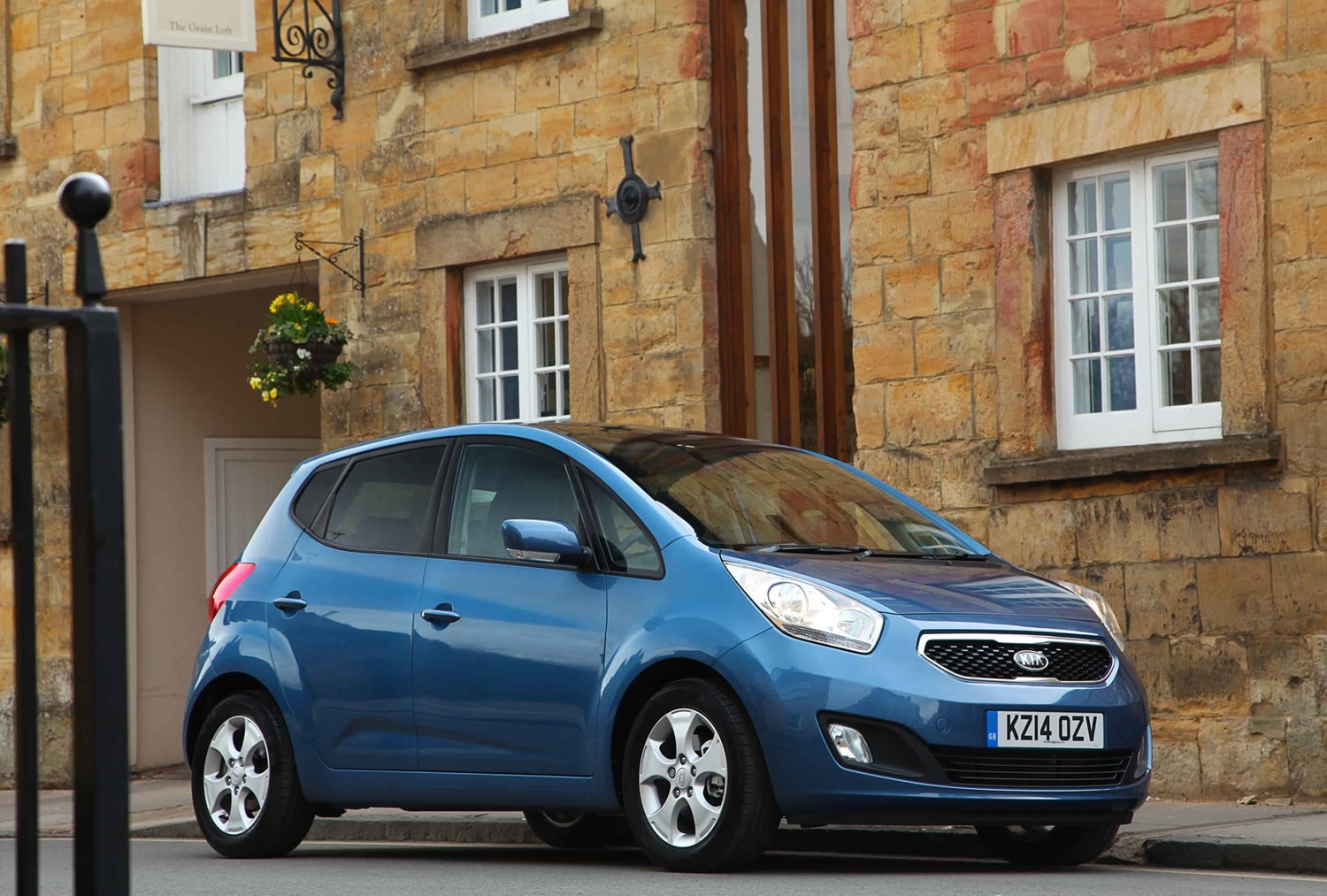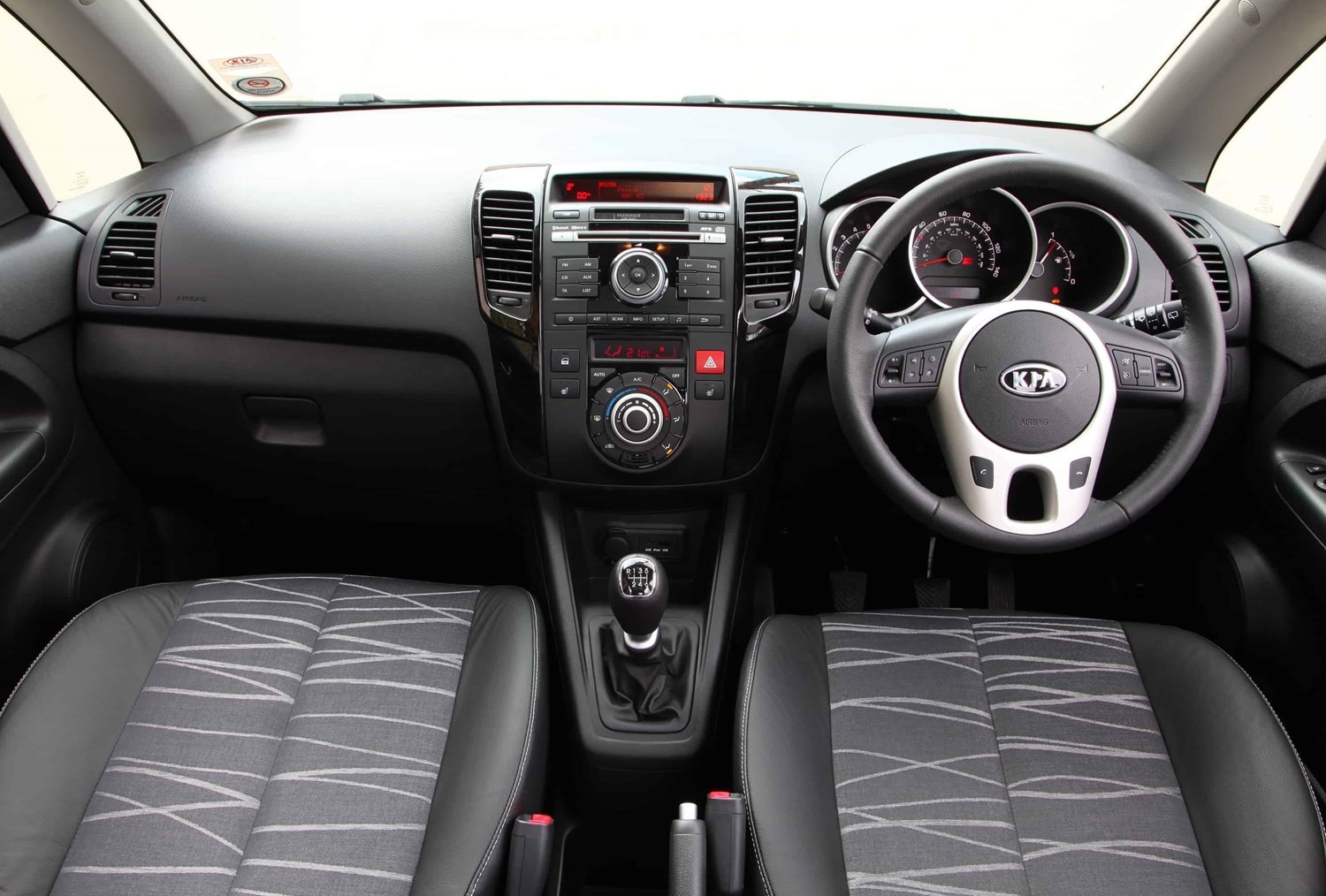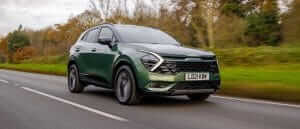Model review
Back in 2009, the UK car market was very different to what it is today. Buyers looking for extra practicality over a supermini, without moving to a much bigger car, had only one viable option – a small MPV.
And the Kia Venga, revealed at the 2009 Frankfurt Motor Show, fitted the bill exactly. This new supermini-based people-carrier features a particularly long wheelbase for such a small car, but with a high roofline to maximise cabin space. This ensured the Venga offered the practicality of models much larger. Flat-folding rear seats also give the model extra flexibility.
The Venga was designed, engineered and built in Europe, and comes with Kia’s class-leading seven-year warranty. This has been the case throughout its lifetime, meaning that many used examples should still be within warranty.
Current model
Kia revealed a facelifted version of the Venga at the 2014 Paris Motor Show, with first customer deliveries following at the start of 2015.
The updated model features a larger grille with a new badge positioned above it, rather than within it. A new front bumper also features redesigned front fog lights and LED daytime running lights. Elsewhere, chrome accents, new alloy wheels and LED rear lights separate the updated model from the previous version.
In the cabin, buyers can choose from new seating patterns, a new heated steering wheel and a reversing camera for the first time, which aim to show the model moving further upmarket.
Improved efficiency was also offered from the engines, thanks to the addition of stop-start technology.
While the Venga still sells surprisingly well, its days are numbered, with small MPVs not in favour with modern buyers. Instead, small crossovers and SUVs are where the market has switched to, although Kia also offers an extensive number of models in that market, too.
Value for money
Throughout the Venga’s lifetime, it has always been a model that’s offered good value for money. Prices start from £15,630, which makes it a bit more expensive than most superminis, but it’s worth considering just how much more practical it is than smaller models. Standard equipment is also excellent, with rear parking sensors, 16-inch alloy wheels and a leather steering wheel included on the base model.
However, it’s the used market where the Venga represents the best value for money. Prices start from just £2,000, which buys a 2011 car with higher miles, while around £2,500 will buy a car with around 70,000 miles on the clock. Facelifted versions come in at under £6,000, which is great value for a car less than four years old. You can expect to save at least £2,500 off the price of a nearly-new model, too.
Looks and image
The Venga is a car which isn’t going to pull at the heartstrings. Its bubble-like shape looks a bit outdated next to modern cars, and next to the latest breed of crossovers, it’s not a massive surprise that the Venga isn’t a big seller by comparison. However, the smart front grille and LED daytime running lights are stylish touches.
It’s a similar story on the cabin, which comes with a rather drab and cluttered cabin. You have to upgrade to the mid-spec ‘3’ version before you get a touchscreen – a seven-inch unit with satellite navigation, although it misses out on the same levels of smartphone connectivity as newer rivals. While it’s very roomy and feels light and airy, the cabin quality is a bit disappointing, with a few too many cheap plastics used in the cabin.
The Venga is a model more tailored towards comfort and a sedate, relaxed driving experience, which is what most buyers will be looking for. Press on and the Venga’s top heavy stance shows. It’s not a car that performs well in the corners and isn’t what you could describe as ‘fun’, but to many buyers simply valuing comfort and affordability, the Venga will be perfectly suited.
Space and practicality
Space is where the Venga comes into its own, with superb practicality for a model with such a small footprint – just 4.1 metres in length.
There’s more than enough room for four adults, with those in the rear being left with plenty of space – particularly headroom, because of the Venga’s high roofline. The rear seats also slide to increase flexibility.
The boot is also a great size – offering 440 litres of space, which exceeds that of many of its rivals, and is larger than that of all superminis. The sliding seats can also be moved forward to extend the capacity to 570 litres. The flat-folding rear seats also unveil a huge 1,486 litres of room when folded.
Early Kia Vengas were awarded a four-star Euro NCAP rating, but later models came with the full five-star rating, with particularly high scores for adult and child occupant protection. However, the safety tests have moved forward considerably since the Venga was last tested, while the model also misses out on the many driver assistance features that you’ll find on much fresher rivals.
Engines
On a brand new Venga, there is now just one engine available – a 123bhp 1.6-litre petrol unit, which comes with the choice of a six-speed manual gearbox or a six-speed automatic transmission. The manual is our favourite, with a 0-60mph time of 10.4 seconds, along with a top speed of 115mph.
But on the used market, you’ll find a wider choice of engines. The first of these is a 1.4-litre diesel making 88bhp, which can make the Venga feel a bit lethargic, even if it’s very efficient. You can also have the Venga with an 89bhp 1.4-litre petrol unit, although this is neither efficient or fast, and is really just best-suited to town users. The final option is a 114bhp 1.6-litre diesel engine.
Running costs
The current Venga’s 1.6-litre petrol engine is not particularly efficient – returning just 37.2mpg, with high CO2 emissions of 172g/km, according to the WLTP cycle. If you’re keen to keep running costs down, it’s the 1.4-litre diesel engine which is the pick of the range. That’s because this diesel engine can return up to 62.8mpg, along with CO2 emissions of 117g/km.
On the plus side, the Venga largely sits in low insurance groups – ranging from eight to 15. Kias are also known for being affordable to service, too, with Kia dealers typically offering cheaper servicing costs than other manufacturers.
Things to look out for
The Venga has proven to be a particularly reliable car, with the model frequently doing well in customer surveys – such as Auto Express and What Car? Magazines’ annual Driver Power and JD Power questionnaires.
The only issues owners have complained about is a faulty fuel gauge and the power steering failing, so it’s worth having someone mechanically inspect a car to verify it’s reliability.
Rivals
The small MPV sector has really been squeezed in recent years, meaning that the few rivals that remain on sale are the mechanically-identical Hyundai iX20 and Honda Jazz. If you’re looking at used examples, the Ford B-Max and Citroen C3 Picasso could also be considered. And if you fancy something a bit more premium, you could look at the Volkswagen Golf SV.
Depreciation
As the Venga is not a particularly desirable car, values have quickly plummeted. This means that there are plenty of fantastic used examples available at bargain prices. We’d hesitate against buying a brand-new car, unless you can save a few thousand pounds off the list price.





